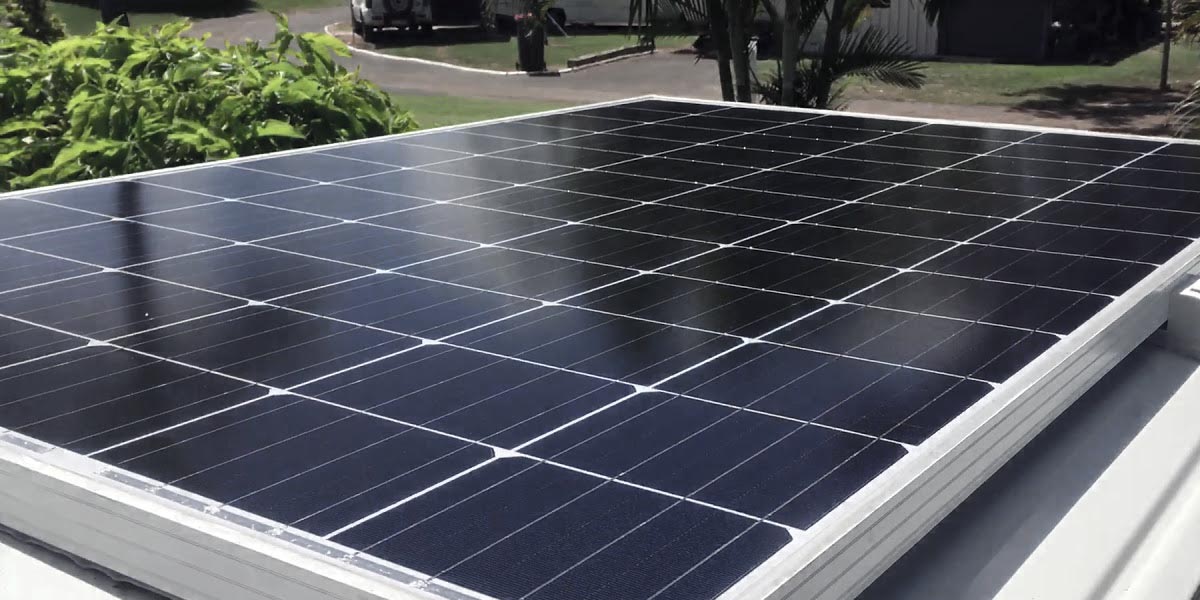How to Test Solar Panel Wattage

If you have a solar panel system installed on your home or business, you may want to test each solar panel for wattage occasionally. This can be one of a range of tests that helps ensure that your panels are working properly and at full capacity. There are two main tests that you can perform in order to test the wattage of your solar panel – the VOC or voltage open circuit test, and the ISC or current short circuit test.
As with all types of technical tests, we actually recommend these are performed by licensed professionals such as our team here at Skyline Solar. In saying that if you want to learn more about how to conduct these tests, please read on.
How to calculate the Wattage of your solar panels
Before getting started it is important to understand some of the maths. The correct calculation for wattage is:
Volts x Amps = Wattage
For example, 30v x 4a = 120w.
Solar panel are more complex because the short circuit amps are what is actually being measured. Measure the amps then multiply that by the panel voltage (not the actual open circuit). It is important to note that you won’t get an exact measurement because of the way PV solar panels function, but you will get within about 10% of the actual.
VOC or Voltage Open Circuit Test
This test is the more simple test to conduct. First, you will need to disconnect your solar panel. Once it is disconnected, you will need to measure the voltage that the panel generates with the panel facing directly into the sun at noon. Ensure you clean your solar panels before running this test. You can then compare this number to the specs listed on your panel. Most panels will list two voltages – Vmp (voltage maximum power) and VOC (voltage open circuit). For a typical 12 volt battery system, Vmp should be around 22 volts, while Voc should be around 17-18 volts. If your numbers fall within this range, then your panel is working properly. Whilst you can technically test solar panels without the sun, we recommend optimal working conditions, including full sun, for all tests as much as possible.
ISC or Current Short Circuit Test
This test is a bit more complex and involves more knowledge and equipment. In order to conduct this test, you will need a meter that is capable of measuring the amount of current that your panel or system is generating – a Clamp On type meter is typically used for this purpose. Once you have gathered the necessary equipment, disconnect your solar panel and take the two wires coming from it. Next, touch the positive wire to the negative wire – this will create a short circuit. Once you have done this, use your meter to measure the amount of current flowing through the wires. This number should match up with the Isc listed on your solar panel specification sheet. If not, there may be an issue with your solar panel.
Solar PV panels are current sources, not voltage power sources. When you short circuit the output via a current meter, the voltage is 0, and current is at its maximum. That is pretty much the entire point of the ISC spec.
Conclusion
Solar panels are a great way to generate energy; however, they need to be properly maintained in order for them function correctly. One way to do this is by testing their wattage periodically. The two main tests that you can perform are the Voc or voltage open circuit test, and the Isc or current short circuit test. Having these tests performed by qualified professionals at Skyline Solar can help ensure your panels are functioning at full capacity.

